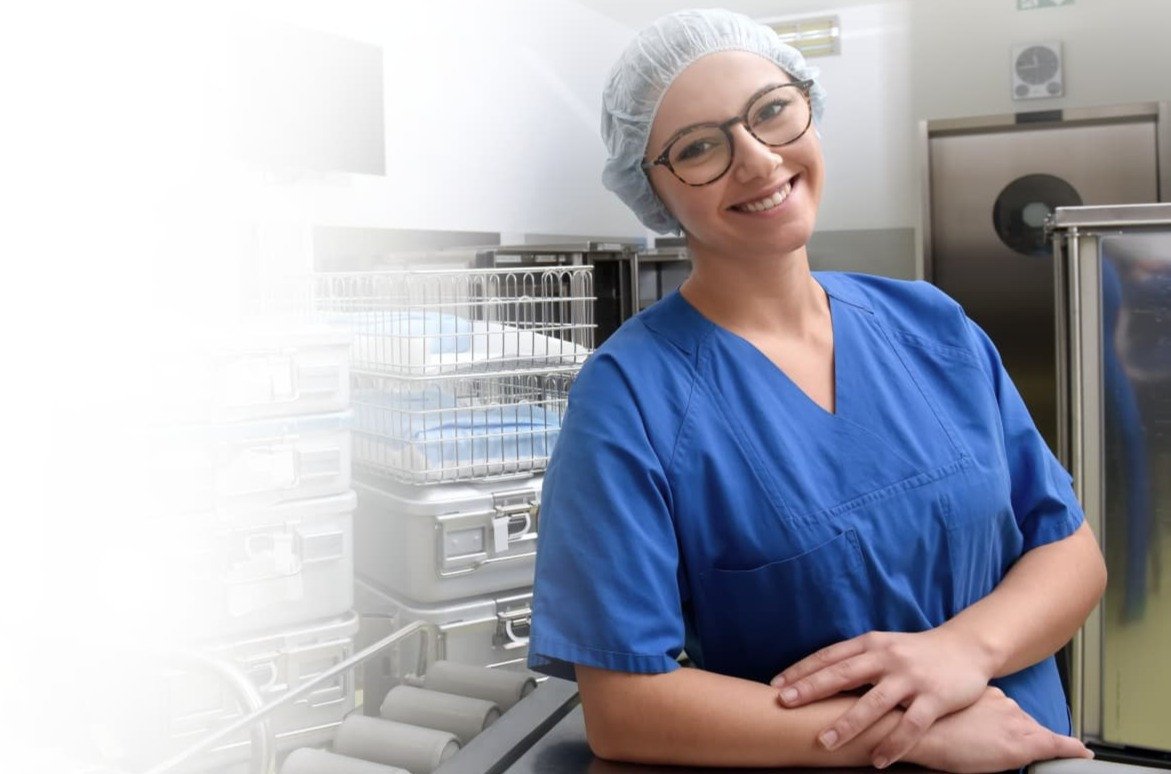A healthcare facility should give off a sense of protection to the patients against diseases. Therefore, each Medicare practice is obliged to follow the safety regulations. However, additional protocols such as an Autoclave machine are imperative.
The objective of an autoclave machine is to kill and remove transmissible species such as bacteria, spores, and fungus from the surgical instruments. High-pressure steam is introduced in a vacuum chamber full of surgical instruments to kill off all microbial infestations.
Types of Autoclave Machine:
Here are two types of Autoclave machines that differ based on their functions:
Vacuum Autoclave Machine:
The Vaccum Autoclave machine performs sterilization in conditions where air cannot be separated from the sterilized materials. The machine mostly covers large porous material. Therefore, it is perfect for sterilizing individually packaged instruments, livestock crates, and beds.
Gravity Displacement Autoclave Machine:
The simple design and sterilization mechanism of the machine makes it popular among dental technician staff. The machine pumps steam in the autoclave chamber, the ambient air is then moved out of the exhaust valve. The Gravity Displacement Autoclave mechanism is widely used for a number of items. The simple design of the machine does not contain obstacles so that steam penetrates inside objects easily and offers ample steam displacement for proper sterilization.
Benefits of the Autoclave machine:
From malfunctioning of the surgical instrument to person-to-conflict, there is so much that can go wrong in a healthcare facility on an everyday basis. The biggest cause of concern is the infestation of microorganisms. If the instruments are not properly sterilized, their surface becomes the breeding ground of microbes. In fact, the quickest way of transmission in viral infections like flu, COVID-19, HIV, and even fungal infestation is via nonhygienic instruments. Using non-sterilized instruments with bioburden on patients after patients raises questions on the ethical and moral values of practicing surgeons.
It increases the life of surgical instruments:
Dental surgical instruments are one of the most important assets in a dental practice. Though the conventional instruments are cheaper, their working mode can cause traumatic effects at the surgical sites. Therefore, the world is shifting to slightly more expensive ergonomic surgical instruments made out of stainless steel. These instruments are engineered to be precise and have an atraumatic approach. In addition, a high-end autoclave machine helps secure the credibility of medical practice by effectively sterilizing instruments, removing potential micro-organisms, and keeping the instruments in an uptight condition.
Protect the patient from contracting unwanted illnesses
Treating patients and performing surgical procedures is a daily norm of every dental practice. Usually, the patients are different, but the instruments are the same. Therefore, the autoclave machine should actively disinfect and sterilize the surgical tools so that the instrument does not transmit the bioburden of one patient to the other.
The Autoclave machine offers better sanitization than chemicals:
Autoclave machines ease the task of sterilization by accommodating large batches of instruments with varying sizes and shapes. In addition, the cutting-edge technologies in the sterilization machine reduce the hassle of the technical staff from batching and assorting the instruments.
Excellent choice of sterilization for any size and volume of surgical instruments:
Autoclave machines ease the task of sterilization by accommodating large batches of instruments with varying sizes and shapes. In addition, the cutting-edge technologies in the sterilization machine reduce the hassle of the technical staff from batching and assorting the instruments.
How to choose the right instruments:
Choosing the right oral surgery instrument is an ethical and professional responsibility of a doctor. The wrong choice of the instrument causes an issue for the patient and gets incredibly difficult to sterilize. Find a trustworthy vendor and purchase instruments made from stainless steel or inserts of Tungsten Carbide. High-quality instruments are easy to handle and remain microorganism-free for a longer span. Besides, such instruments also do not rust that easily.











